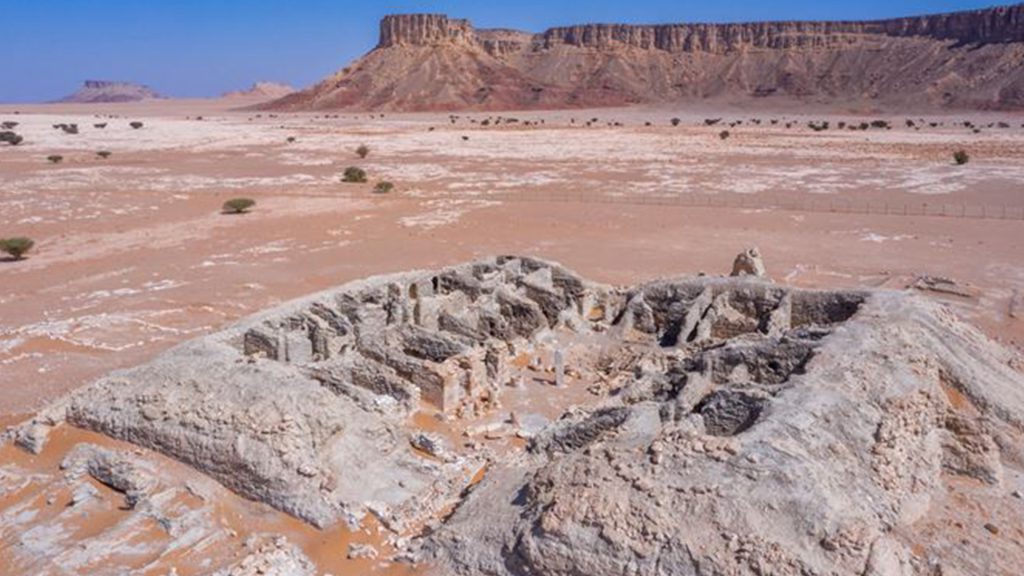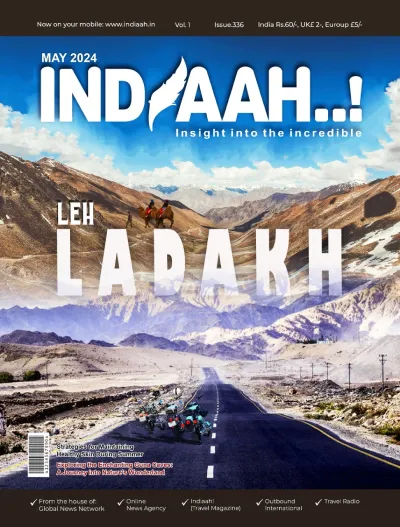
The UNESCO World Heritage Committee inscribed the cultural landscape of Al-Faw Archaeological Area on the World Heritage List during its 46th annual session, held in New Delhi, India. The cultural landscape of Al-Faw Archaeological Area is the Kingdom of Saudi Arabia’s eighth World Heritage List inscription, the successful nomination by the Ministry of Culture, represented by the Heritage Commission in collaboration with the National Commission for Education, Culture and Science, underscores the Kingdom’s efforts to protect and preserve its vast cultural heritage.
Located at the north-western edge of the Empty Quarter, Al-Faw reveals human occupation spanning millennia. From early nomadic settlements to a thriving and prosperous urban centre in the 1st millennium BCE, the site bears witness to the skillful interaction of humanity with the environment over almost a millennium until the irreversible depletion of water resources. Standing at the intersection of Wadi Ad-Dawasir and the Tuwaiq escarpment, Saudi archaeologists discovered the presence of ancient springs and a vast irrigation network made up of water channels testifying to the existence of a relict cultural landscape.
Prince Bader bin Abdullah bin Farhan AlSaud, Saudi Minister of Culture said: “UNESCO’s recognition reflects the Kingdom’s dedication to protecting and preserving heritage. Cultural sites such as Al-Faw highlight that Saudi Arabia has been home to many civilizations, revealing a deep history and cultural significance across millennia. The Kingdom is committed to protecting these treasures, ensuring its preservation for future generations.”
Al-Faw was once an oasis city that flourished as a pivotal link in the frankincense trade route, connecting South Arabia to Mesopotamia and the Mediterranean. Excavations reveal successive occupations from at least three different civilizations and interchanges with multiple cultural groups.
Al-Faw features a wide array of prehistoric remains including the spectacular avenues of tapered stone structures and an impressive number of circular tombs across its extensive 50 km² territory, proving sustained human presence in the area. Rock carvings representing human and animal motifs, chariots, camels and wild animals including ibex and oryx are also found in various parts of the area.
Al-Faw joins the Kingdom’s distinguished sites already inscribed on the World Heritage List including Hegra Archaeological Site, At-Turaif District in ad-Dir’iyah, Historic Jeddah, Rock Art in the Hail Region, Al-Ahsa Oasis, Ḥimā Cultural Area, and ‘Uruq Bani Ma‘arid.


